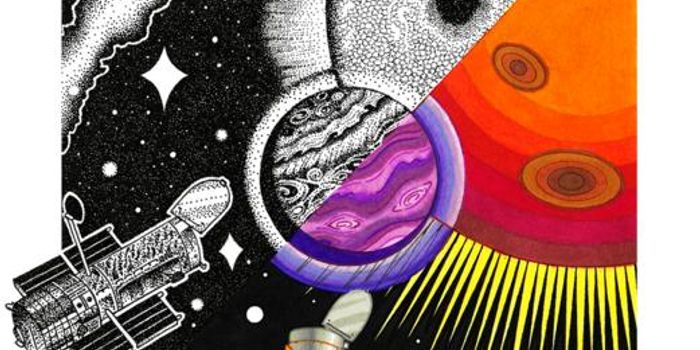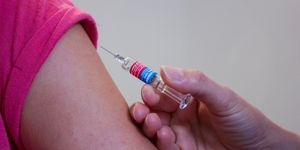Simulating Accurate Daylight with LEDs
Forget sun lamps— quantum-dot LEDs are the future of artificial daylight.
Research from the University of Cambridge, published on August 3 in Nature Communications, found a way to optimize quantum dot light-emitting diodes (QD-LEDs) to create artificial daylight that’s almost the same as the real thing. The research was co-led by engineering professors Jong Min Kim and Gehan Amaratunga
Sunlight is connected to human health, and many people use smart lighting to regulate their circadian rhythms. Blue-tinted white light is used during the daytime and can help people wake up, while warmer light is used in the mornings and before bed. Sunlight can also positively affect mental health, so some people use blue-light therapy to combat seasonal-affected depression.
Quantum dots are tiny nanoparticle semiconductors made from heavy metals such as cadmium and lead, and QD-LEDs can create more enhanced colors than regular LEDs, making them desirable for use in phones, TVs, and other electronics with screens. Because quantum dots are smaller, they also have different optical prosperities than other LEDs.
By using more than the three primary colors in LEDs, the researchers could replicate daylight more effectively. They optimized color combinations using machine learning and were able to achieve customization of their white light. The color rendering index of their dots was 97 out of 100, which is the measure of colors illuminated by a light compared to daylight, and most current smart bulbs fall into a color rendering index of 80-91.
Additionally, QD-LEDs exhibited a color temperature range of 2243K (orange/reddish light) to 9207K, akin to the light from sunlight at high noon. Best of all, the system was scalable to larger surfaces.
“The ability to better reproduce daylight through its varying color spectrum dynamically in a single light is what we aimed for,” Amaratunga said. “This research opens the way for a wide variety of new human responsive lighting environments.”
Sources: Nature Communications, University of Cambridge








